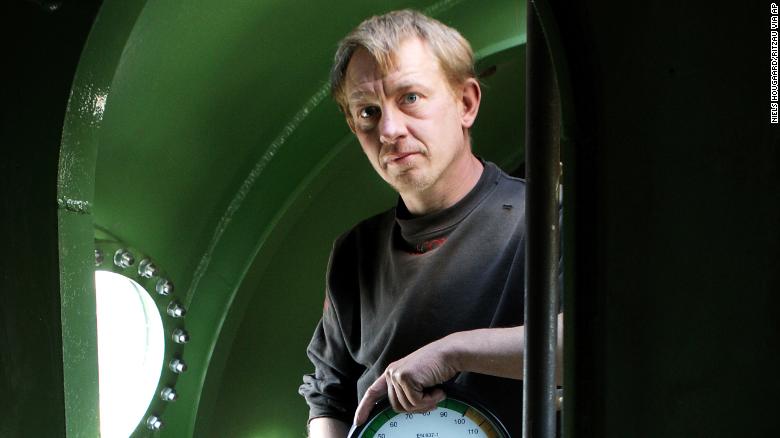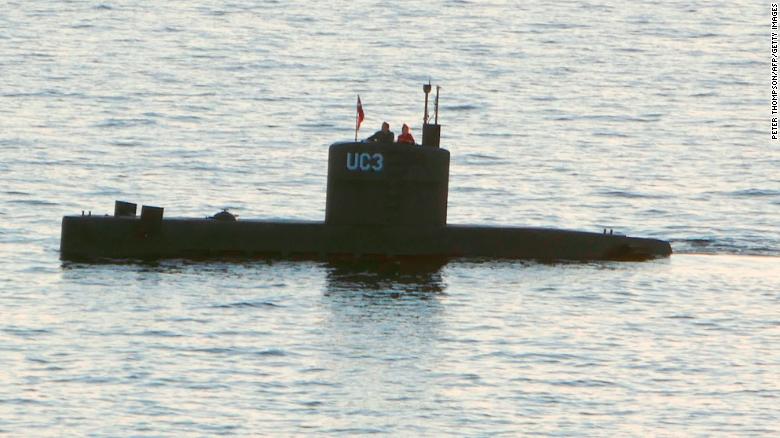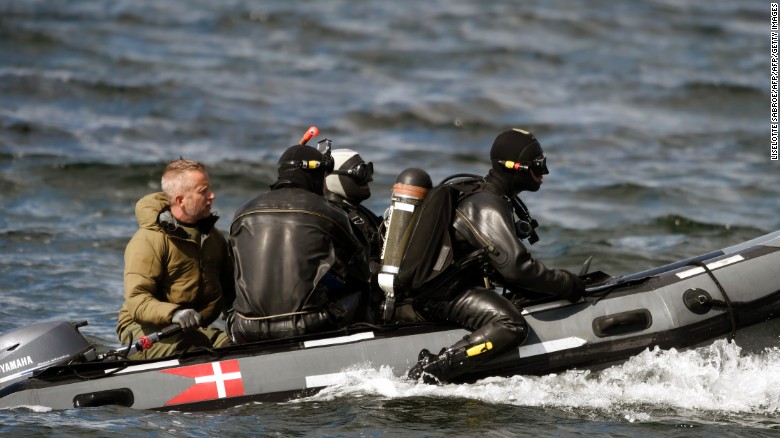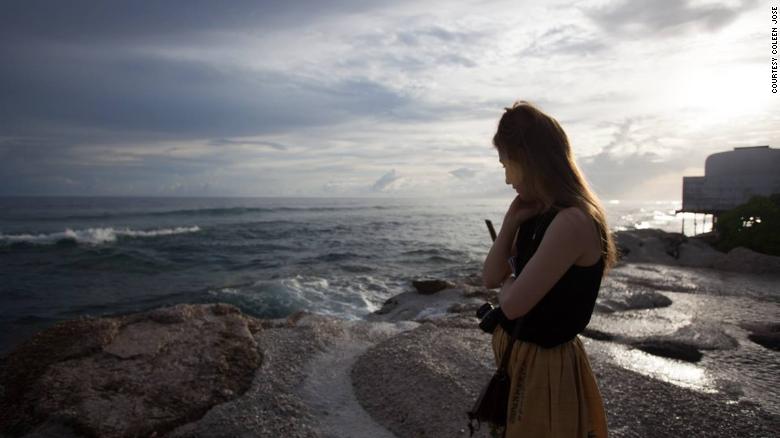Denmark braces for one of most gruesome murder trials in its history
Copenhagen, Denmark (CNN)There is nothing routine about the murder trial opening Thursday at the City Court of Copenhagen.
Nearly seven months after the mutilated torso of Kim Wall washed ashore, Danish inventor Peter Madsen is expected to take the stand, charged with killing the 30-year old Swedish journalist.
As the prosecutor presents his case in one of the most gruesome murder trials in Danish history, special accommodations are in place for nearly 80 local and foreign reporters in a race for details.
It will not be easy listening.
According to the prosecution, the promising young reporter died under the cruelest of circumstances.

Madsen pictured inside his submarine in April 2008.
The indictment states that Madsen, 47, planned and prepared Wall's murder, bringing a saw, a knife, sharpened screwdrivers and other items to his submarine where he had supposedly invited her to do a story.
Instead, according to the indictment, Madsen cut and stabbed Wall multiple times before killing her, cutting off her head, arms and legs, then weighing her body parts down with plastic cable-ties and pipes before throwing them into the sea.
The charges include premeditated murder, indecent handling of a corpse and "sexual relations other than intercourse of a particularly dangerous nature," citing stab wounds inside and outside her genital area.
Well known in Denmark
The alleged murder has rocked the peaceful Danish archipelago and its Swedish neighbor to the core -- albeit in different ways.
While Sweden seemed immediately besieged by grief at the loss of one of its own, Denmark seemed caught in shock and disbelief.
To them, Peter Madsen, or "Rocket-Madsen," was a well-documented character, portrayed in books, articles, documentary films, even on Danish children's programs, as an eccentric but visionary inventor with a strong passion for ocean and space travel.
"I don't know what to say. I was shocked, I still am," said Tomas Trolle, who helped Madsen with some of his rocket projects. "I didn't believe it because I knew him a little bit. He was a nice guy who really liked to show off his projects."

A woman alleged to be Kim Wall stands next to a man in the tower of the private submarine UC3 Nautilus on August 10 in Copenhagen Harbor.
Madsen's dream was to become the first Dane to fly into space in a privately built rocket. And, at the time of its maiden voyage in 2008, UC3 Nautilus, the submarine that Kim Wall stepped aboard on August 10, was said to be the world's largest privately built submarine.
"Everybody had heard about him, knew about his projects, knew about the submarine, and all the rockets," said Trolle.
As the investigation continued, Trolle and others who knew him waited for information that would help Madsen's case, but police kept presenting more damaging evidence.

Danish Defense Command divers prepare for a dive near Copenhagen after the discovery of what turned out to be Wall's torso last August.
For his part, Madsen changed his explanation several times as more body parts and evidence emerged.
Amongst other things, police found films showing torture and real-life executions of women on his computer.
Madsen has consistently denied the allegations of murder and sexual assault and any knowledge of the films. He maintains that Wall died by accident, saying he dismembered her body and tossed it in the sea in a state of panic.
His attorney, Betina Hald Engmark, has said it cannot be excluded that it was an accident and that Madsen did act in a state of panic.
Unusual twists
If Madsen has a dark side, it is likely to be one of the points explored by prosecutor Jakob Buch-Jepsen during the trial, at which some 37 witnesses are expected to take the stand.
"It seems unusual to call that many witnesses in this case since they obviously were not present at the scene of the crime," says Lasse Lund Madsen, professor of criminal law at Aarhus University, and former special prosecutor and acting judge. "That means some of them are likely there to shed light on surrounding factors, I would assume to try to prove the murder was planned."

Wall, pictured in Majuro, the capital of the Marshall Islands, in 2015.
In another twist, at Madsen's request, the trial will take place before a judge and just two jurors instead of the typical six- or nine-person jury.
"The defense must believe this will be an advantage," says Lund Madsen. "I can't speak to the exact strategy, but this is normally something you might do when the case is one of great emotion, in the hope that less jurors could provide a more objective decision."
If found guilty, Madsen will spend the rest of his life in prison if the prosecution has its way. But in a country where a murder sentence typically carries 12 years, it will still take a significant burden of proof to show enough aggravating circumstances to warrant a life sentence.
The verdict is scheduled for April 25.
News Courtesy: www.cnn.com











